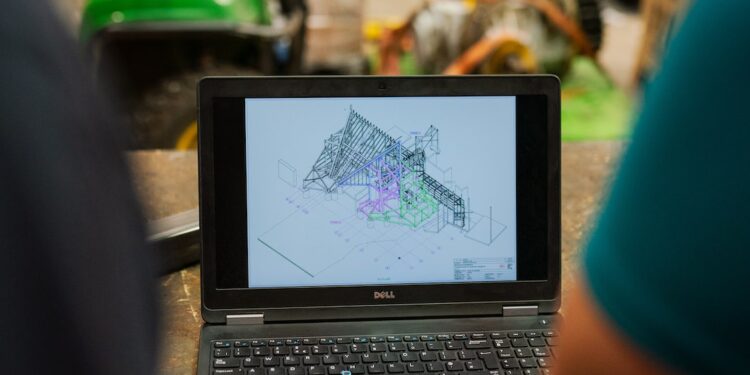Renewable energy infrastructure is an innovative solution that aims to reduce the carbon footprint and provide energy solutions that are environmentally friendly. It encompasses the use of renewable energy sources such as solar, wind, geothermal, hydropower, and biomass energy. Innovative designs in renewable energy infrastructure are being developed and implemented to efficiently harness renewable energy sources and make them more affordable and accessible.
One of the significant challenges of renewable energy infrastructure is its location. Renewable energy sources such as wind and solar energy can only be harnessed in specific locations, and the power generated must be transported to areas where it is needed. To overcome this challenge, innovative designs in renewable energy infrastructure have been developed to make it possible to transport energy over long distances. The development of high voltage direct current (HVDC) transmission lines has made it possible to transport renewable energy over long distances without losing much energy. HVDC transmission lines are being used to transmit renewable energy from offshore wind farms and remote areas to cities.
Another innovative design in renewable energy infrastructure is the use of artificial intelligence (AI) and machine learning (ML) to optimize energy generation and consumption. AI and ML are being used to predict energy demand and optimize energy generation from renewable energy sources. Smart grids are being developed to enable efficient energy distribution and minimize energy losses. Smart grids are also being used to integrate energy storage systems such as batteries and pumped hydro storage to ensure efficient energy storage and supply.
Innovative designs in renewable energy infrastructure are also being developed to improve energy efficiency in buildings. Green building designs are being developed to minimize energy consumption and reduce the carbon footprint. The use of passive solar designs, efficient lighting technologies, and insulation materials has made it possible to reduce the energy consumption of buildings significantly. Green building designs are being implemented in residential and commercial buildings to reduce energy costs and promote sustainability.
Renewable energy infrastructure also requires innovative designs to ensure scalability and adaptability to changing energy demands. Modular designs are being used to build renewable energy infrastructure to enable quick and efficient scaling up and down of energy generation capacity. Modular designs also make it possible to integrate renewable energy infrastructure into existing structures and systems without significant disruptions.
Renewable energy infrastructure is also being developed to improve the quality of life in rural areas. Microgrid systems are being developed to provide off-grid energy solutions to remote communities. Microgrid systems integrate renewable energy sources and energy storage systems to provide efficient and reliable energy solutions to off-grid communities.
In conclusion, innovative designs in renewable energy infrastructure have made it possible to harness renewable energy sources more efficiently and make them more accessible and affordable. The use of high voltage direct current transmission lines, AI and ML, green building designs, modular designs, and microgrid systems has made it possible to improve energy efficiency, minimize energy losses, and reduce the carbon footprint. The development of innovative designs in renewable energy infrastructure is essential for achieving sustainable and low-carbon energy solutions that are essential for the future.













